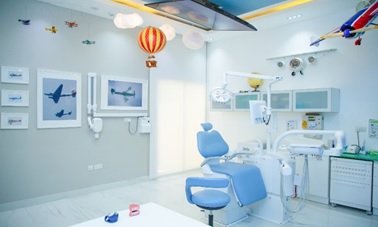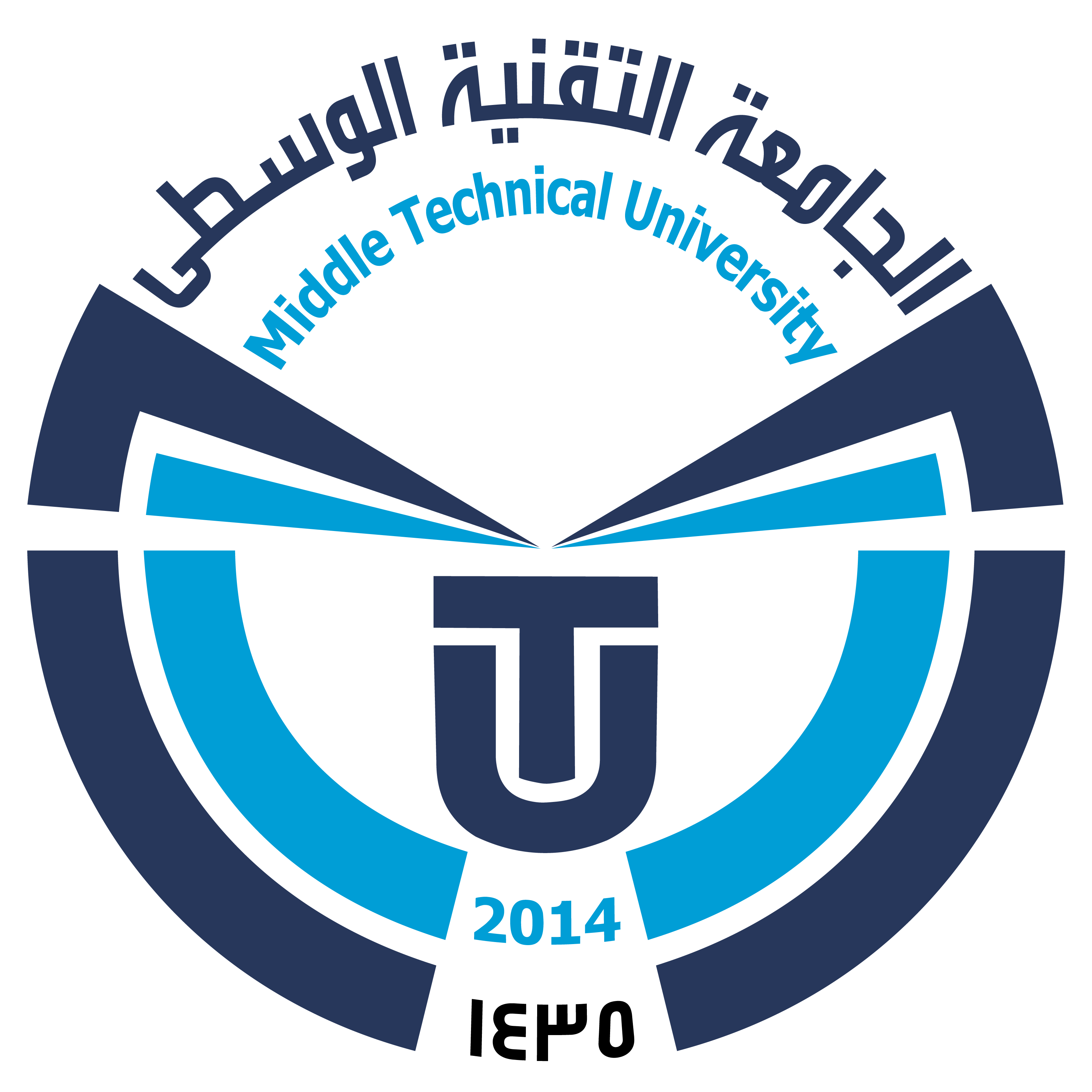Innovative Use of Smart Lighting in Interior Design
DOI:
https://doi.org/10.51173/ijaa.v1i1.30Keywords:
Smart lighting, Pediatric dental clinics, Interior design, Innovation, PerceptionAbstract
The world is witnessing radical changes as people are affected by changeable variables to varying degrees. To keep pace with the era of globalization and information and take what you can benefit from. It is necessary to develop the first effective solutions to reduce their damage to the greatest extent possible. Therefore, the innovation of employing smart lighting refers to creating a new Smart lighting a modern tool that combines technology and innovation to enhance the quality of life in indoor environments. It contributes to improved productivity and comfort by adjusting light levels and temperature to suit various activities. Smart lighting also adapts to natural light and customizes the ambience to meet users' needs, with remote control capabilities via apps or voice commands. Additionally, it reduces energy consumption, reinforcing its role in environmental preservation and promoting sustainability, through smart lighting things can be seen with the naked eye or through other means that sense light. The research concluded that smart lighting has become an integral part of modern interior design, as it combines aesthetics and practical functions. Smart lighting allows for controlling lighting levels, changing colours, and modifying patterns as needed. These innovations embody a radical shift in how lighting is used as technology is combined with aesthetic arts to achieve results that go beyond the traditional concept of lighting. The research concluded that the concept of innovation is related to the actual and intellectual aspects that drive it to adopt new ideas and solutions in developing the organizational structure from the traditional thinking that characterizes the individual's style.
References
1Si, S., H.J.J.o.E. Chen, and T. Management, A literature review of disruptive innovation: What it is, how it works and where it goes. 2020. 56: p. 101568. https://www.sciencedirect.com/science/article/abs/pii/S0923474820300163
Bulturbayevich, M.B. Improving the mechanisms of strategic management of innovation processes in enterprises. In Archive of Conferences. 2021.
Migdadi, M.M.J.J.o.B. and I. Marketing, Knowledge management, customer relationship management and innovation capabilities. 2020. 36(1): p. 111-124. https://www.emerald.com/insight/content/doi/10.1108/JBIM-12-2019-0504/full/
Yu, T., et al., Digital Innovations in Interior Design: A New Model for Enhancing Indoor Spaces in Elderly Care Residences. 2024. 30(4): p. 3074-3086.
Fernández, D.R.C., Distributed smart lighting systems: sensing and control. 2014. https://pure.tue.nl/ws/portalfiles/portal/3799294/774336.pdf
Cheng, Y., et al., Design and application of a smart lighting system based on distributed wireless sensor networks. 2020. 10(23): p. 8545. https://www.mdpi.com/2076-3417/10/23/8545
Malkin, J., Medical and dental space planning: A comprehensive guide to design, equipment, and clinical procedures. 2014: John Wiley & Sons.
Nakahira, K., et al., Effects of different light sources used for dental operating microscope illumination on the visual function of operators. 2020. 62(4): p. 363-371. https://www.sciencedirect.com/science/article/abs/pii/S1349007920301316
Armfield, J.M. and L.J.A.d.j. Heaton, Management of fear and anxiety in the dental clinic: a review. 2013. 58(4): p. 390-407. https://onlinelibrary.wiley.com/doi/full/10.1111/adj.12118
Ma, S., et al., Retrofit design and operation strategies for dental clinics with optimised indoor thermal comfort, energy consumption, and life cycle cost. 2024. 81: p. 101510.
Aries, M.B., et al., Daylight and health: A review of the evidence and consequences for the built environment. 2015. 47(1): p. 6-27. https://journals.sagepub.com/doi/abs/10.1177/1477153513509258
Nabillah, S., et al. Empowering the Smart Lighting System in the Office Rooms to Enhance the Worker's Productivity. in 2022 4th International Conference on Cybernetics and Intelligent System (ICORIS). 2022. IEEE. https://ieeexplore.ieee.org/abstract/document/10031323
Sundell, J.J.I.a., On the history of indoor air quality and health. 2004. 14.
Kellert, S.R., Building for life: Designing and understanding the human-nature connection. 2012: Island Press.
Devlin, A.S., C.C.J.H.o.e.p. Andrade, and q.o.l. research, Quality of the hospital experience: Impact of the physical environment. 2017: p. 421-440. https://link.springer.com/chapter/10.1007/978-3-319-31416-7_23
Al-Araimi, M.A.H.J.J.o.t.A.i.A.R., The Role of Strategic Planning in Achieving Environmental Tourism Development (A Case Study on Hotels in Sur, Sultanate of Oman) p. 833-841. https://journals.ekb.eg/article_328900_0.html
Küller, R., B.J.E.S.R. Mikellides, and P. Issues, Simulated Studies of Color. 2013: p. 163. https://link.springer.com/chapter/10.1007/978-1-4899-1140-7_7
Kwallek, N., et al., Work week productivity, visual complexity, and individual environmental sensitivity in three offices of different color interiors. 2007. 32(2): p. 130-143.
HUSSAIN, S.S., et al., Effect Of The Norms On Islamic Architectural Decision Making. 2024. 19(3): p. 926-940.








